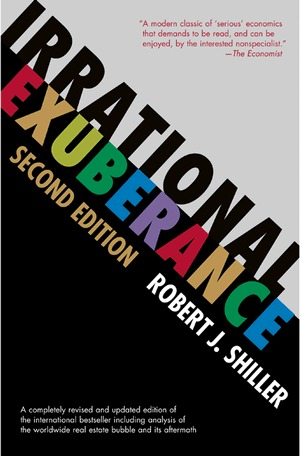
Last week the #BASON once again called 8 out of 9 in the right direction, and once again had pinpoint accuracy for the Dow (0.6% error), the S&P (1.2% error), oil (0.5% error), TSLA (1.9% error), while the AAPL price prediction was almost perfect (0.02% error!). 



In terms of collected profits on the trading strategy, this was the best week yet.
Our weekly profit was $2045, or an average 146% return!
This doubled our weekly winnings, and our total profits for the first 4 weeks stand at $4100.
Our weekly profit was $2045, or an average 146% return!
This doubled our weekly winnings, and our total profits for the first 4 weeks stand at $4100.
Two strategies were used for the week:
(1) iron condor for the SPY 05/11, at 460/461 to 469/470
The S&P500 ended at 4697, but the SPY ended just below our upper interval, at 468.5, allowing us to capture the full $400 from its initial sale. Close, but in the money :)
(1) iron condor for the SPY 05/11, at 460/461 to 469/470
The S&P500 ended at 4697, but the SPY ended just below our upper interval, at 468.5, allowing us to capture the full $400 from its initial sale. Close, but in the money :)
(2) we bought two SPY $455 calls with 05/11 expiry
As the S&P gained 0.8% that Friday morning (the day of the options expiry), rising to 4714 at one point, I decided to hedge our exposure and sold the 2 calls for a total of $3045...
As the S&P gained 0.8% that Friday morning (the day of the options expiry), rising to 4714 at one point, I decided to hedge our exposure and sold the 2 calls for a total of $3045...
...This was in case our iron condor expires worthless and we’re faced with a $600 loss. But the S&P went down after that, just enough for the iron condor to reap another reward.
That week, instead of the usual $1000 we invested $1400 for the two calls, making the total profit from the call strategy $1645.
Adding this to the $400 from the iron condor, our weekly profit was $2045, or an average 146% return!
Not bad at all!
Adding this to the $400 from the iron condor, our weekly profit was $2045, or an average 146% return!
Not bad at all!
So, thank you BASON, and a big thank you to our users who will be reaping those rewards at the end of the competition!
Stick around, participate in our competition regularly to get this info before others get it, and try to make some profits from it.
Stick around, participate in our competition regularly to get this info before others get it, and try to make some profits from it.
Here is the performance summary (also subscribe to the newsletter): oraclum.substack.com/p/results-146-…
And here is the direct link to the competition: survey.oraclum.co.uk/stock-market
Good luck!
And here is the direct link to the competition: survey.oraclum.co.uk/stock-market
Good luck!
• • •
Missing some Tweet in this thread? You can try to
force a refresh









